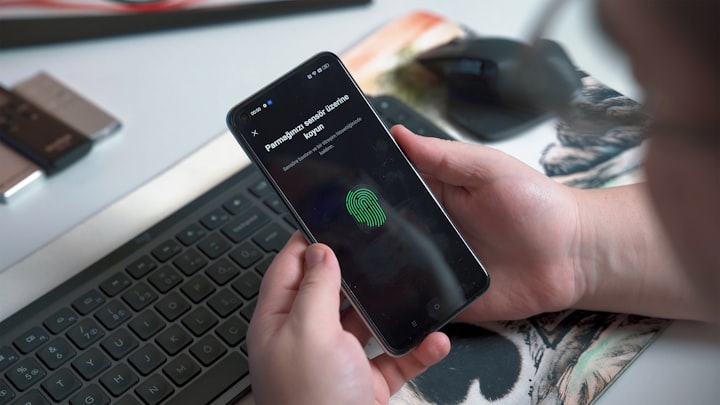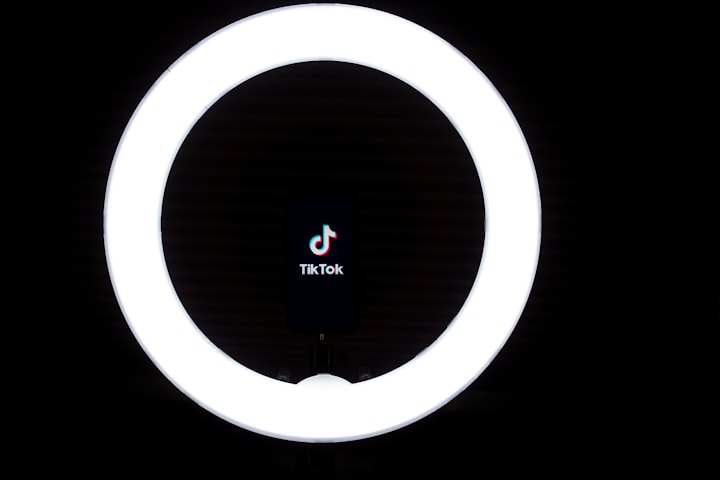Biometric Authentication
Secure Access with Personal Traits

Biometric Authentication: Secure Access with Personal Traits
1. Introduction to Biometric Authentication:
Biometric authentication is a security measure that utilizes unique physical or behavioral characteristics of individuals to verify their identity. It offers a robust and secure method of identification and authentication, as these traits are difficult to forge or replicate.
2. Types of Biometric Traits:
Biometric authentication can leverage various traits, including fingerprints, facial features, iris patterns, voiceprints, hand geometry, and even behavioral patterns such as typing speed or gait recognition. Each individual possesses distinct biometric characteristics that can be used for identification.
3. Enhanced Security:
Biometric authentication provides enhanced security compared to traditional authentication methods like passwords or PINs. Biometric traits are unique to each individual and are difficult to counterfeit, reducing the risk of unauthorized access.
4. Convenient and User-Friendly:
Biometric authentication offers convenience and user-friendliness. Users can authenticate themselves simply by presenting their biometric traits, eliminating the need to remember and manage complex passwords.
5. Speed and Efficiency:
Biometric authentication is fast and efficient. It takes only a few seconds to verify a person's identity based on their biometric traits, allowing for quick access to secured systems or physical locations.
6. Multi-Factor Authentication:
Biometric authentication can be combined with other authentication factors to create multi-factor authentication systems. This adds an extra layer of security by requiring the presence of both a physical trait and another factor like a password or smart card.
7. Wide Range of Applications:
Biometric authentication finds applications in various sectors, including government agencies, financial institutions, healthcare facilities, and corporate organizations. It is used for access control, identity verification, secure transactions, and attendance management.
8. Privacy and Data Protection:
Biometric authentication systems are designed to protect user privacy. Instead of storing actual biometric data, these systems convert the biometric traits into mathematical representations called templates, which are used for comparison during authentication. This helps ensure the privacy and security of individuals' biometric information.
9. False Acceptance and False Rejection Rates:
Biometric authentication systems have false acceptance rates (FAR) and false rejection rates (FRR). FAR represents the probability of incorrectly accepting an imposter, while FRR represents the probability of incorrectly rejecting a genuine user. Continuous advancements aim to minimize these rates and improve system accuracy.
10. Continuous Authentication:
Biometric authentication can support continuous authentication, where the system continuously monitors the user's biometric traits during a session to ensure ongoing identity verification. This is particularly useful for high-security applications or scenarios that require continuous monitoring.
11. Adoption Challenges:
Despite its advantages, biometric authentication faces challenges in terms of deployment and acceptance. Factors such as cost, compatibility, user acceptance, and potential bias or discrimination must be carefully addressed for successful implementation.
12. Cross-Platform Integration:
Biometric authentication is increasingly being integrated into various devices and platforms, such as smartphones, laptops, and access control systems. This enables seamless authentication experiences across different environments and enhances overall security.
13. Hybrid Biometric Systems:
Hybrid biometric systems combine multiple biometric traits for enhanced accuracy and security. By using a combination of traits, such as fingerprints and facial recognition, the system can achieve higher levels of accuracy and reduce the risk of false matches.
14. Continuous Advancements:
Continuous advancements in biometric technology are driving improvements in accuracy, speed, and reliability. Innovations in image processing, machine learning, and sensor technologies contribute to the development of more robust and efficient biometric authentication systems.
15. Future Potential:
The future of biometric authentication holds great promise. As technology evolves, biometric traits such as DNA, electroencephalogram (EEG) patterns, and heart rhythm may become viable options for authentication, further enhancing security and expanding the applications of biometric
authentication systems.
In conclusion, biometric authentication offers a secure and convenient method of verifying individual identities. With its unique and difficult-to-forge traits, biometric authentication provides enhanced security, convenience, and efficiency across a wide range of applications. As technology continues to advance, biometric authentication systems will play an increasingly vital role in securing access to physical and digital spaces.
About the Creator
Abdullahi Mustapha
Abdullahi: Skilled forex trader with 3 years' experience. Amazon KDP expert and programmer. Pursuing a diploma in computer science. Youthful, yet wise. Passionate about technology and finance. Ready to make an impact in forex,






Comments
There are no comments for this story
Be the first to respond and start the conversation.